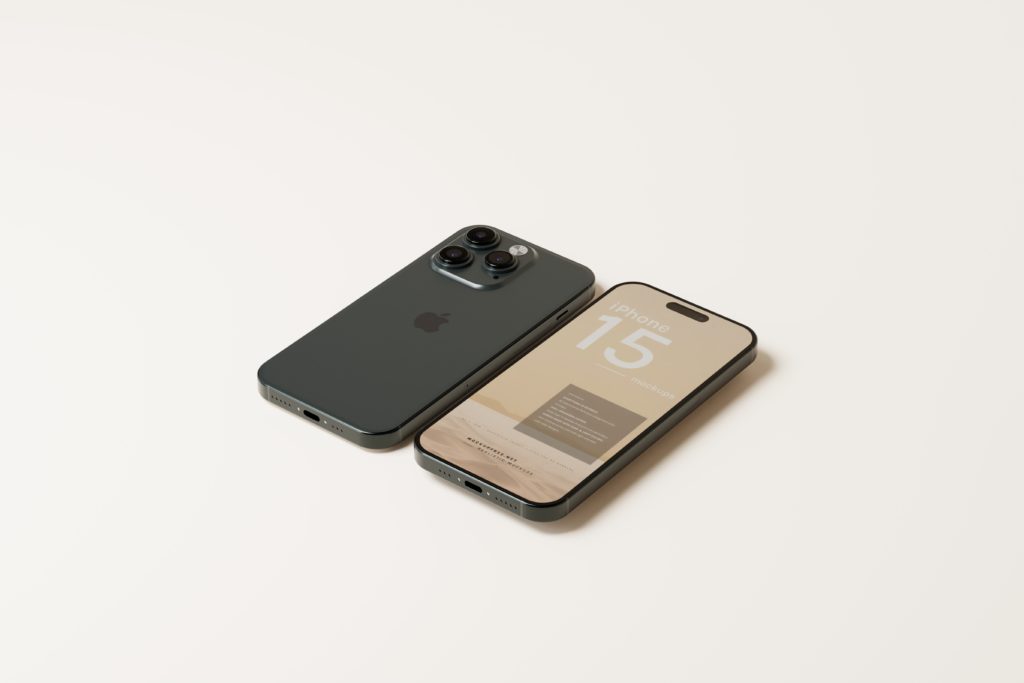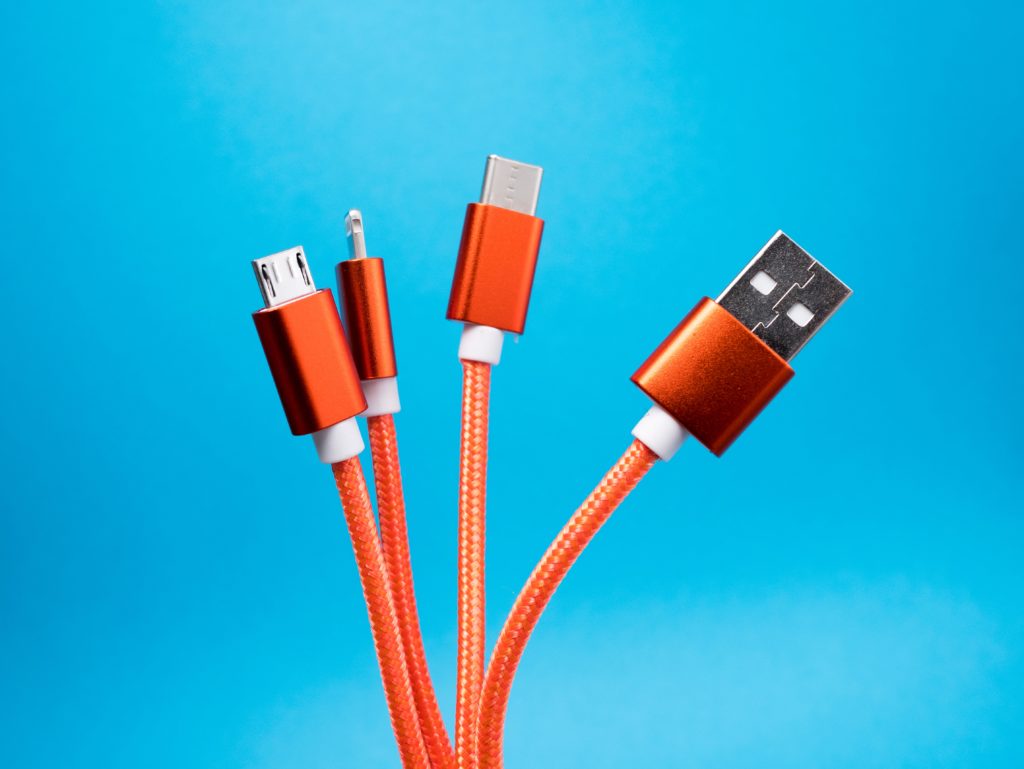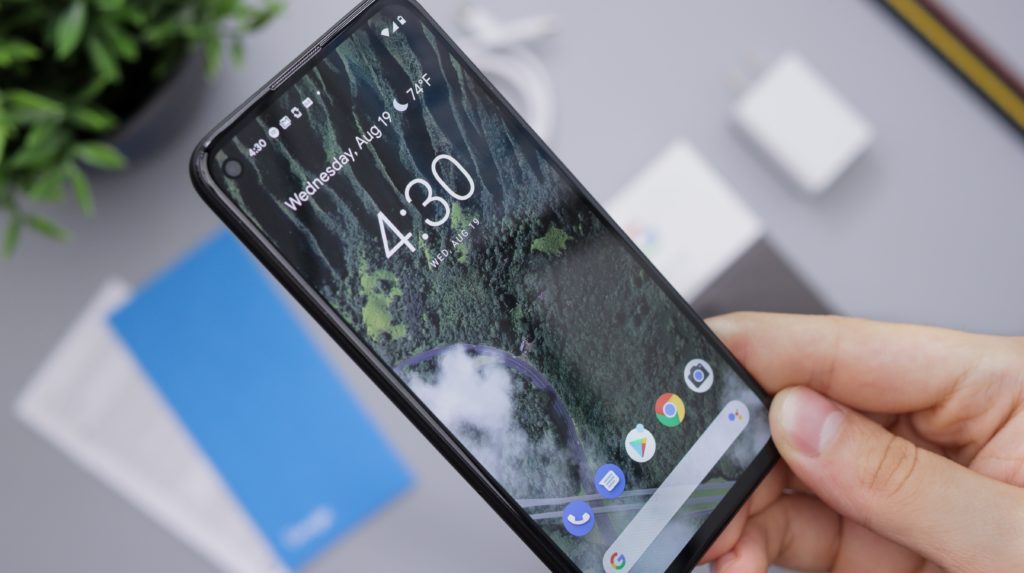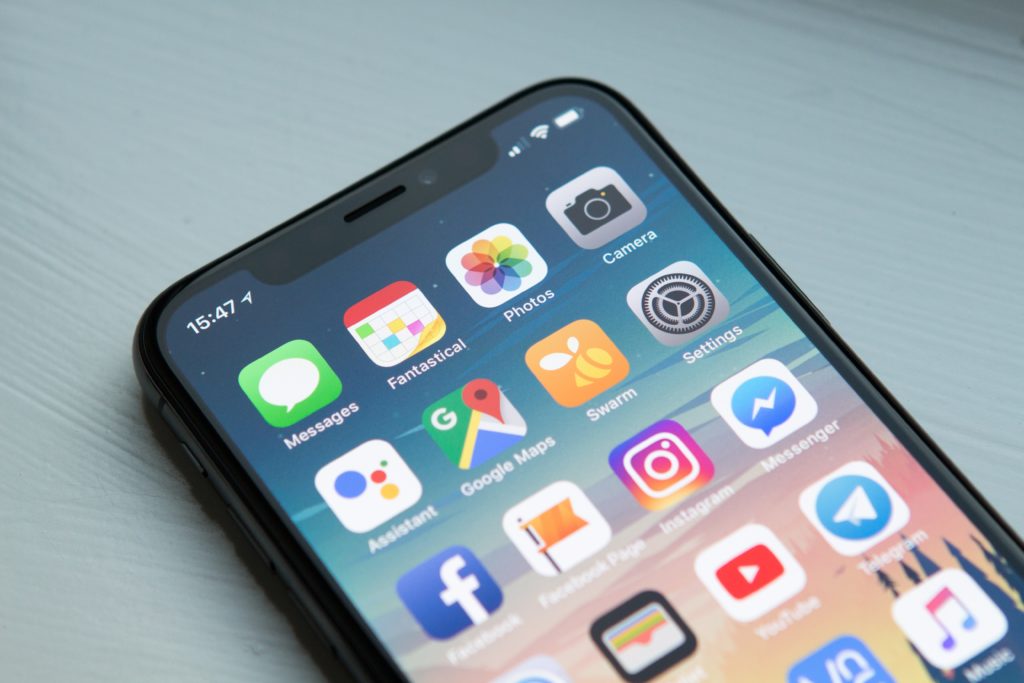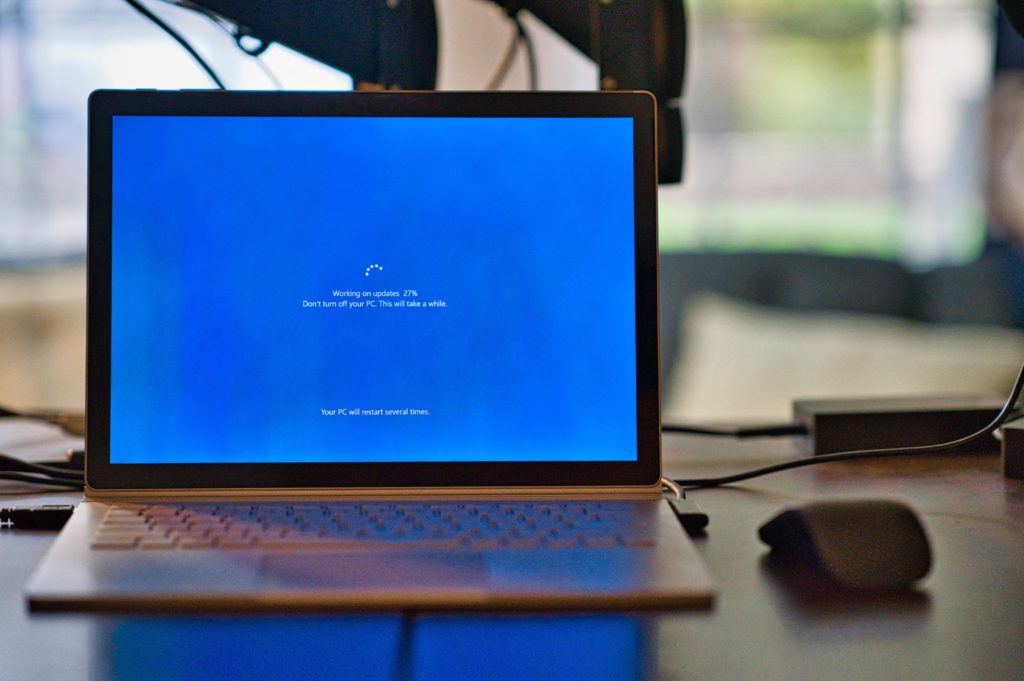Mobile devices have become an integral part of both personal and professional life. For a business or organization with multiple devices, managing them efficiently has become a necessity. This is where a Mobile Device Management (MDM) company like iFixYouri steps in.
But what exactly does a Mobile Device Management company do? Let’s delve deeper into this service that is becoming essential for today’s business world.
Part 1 – What is Mobile Device Management?
Mobile Device Management (MDM) is a solution that allows organizations to manage, monitor, and secure their mobile devices, such as smartphones, tablets, and laptops, from a centralized platform. MDM ensures that devices are appropriately configured, updated, and compliant with company policies and security protocols.
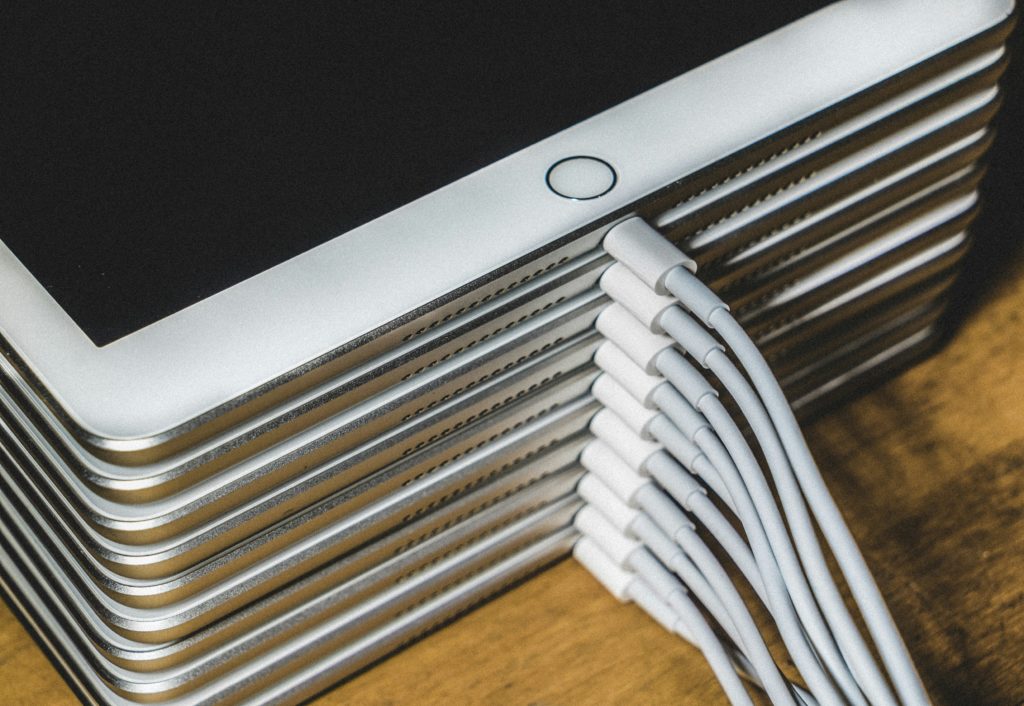
The Role of a Mobile Device Management Company
MDM companies specialize in providing the tools and expertise necessary for effective mobile device management. Here’s a breakdown of what these companies typically offer:
- Device Enrollment and Provisioning: MDM companies assist in the initial setup and enrollment of devices onto the management platform. This can include sourcing devices, configuring device settings, installing necessary applications, and ensuring seamless integration with existing IT infrastructure.
- Policy Management: One of the core functions of MDM is enforcing policies across all managed devices. This includes setting restrictions on device functionalities, enforcing security protocols (such as password requirements and encryption), and implementing compliance measures to meet regulatory standards.
- Application Management: Some MDM solutions allow administrators to deploy, manage, and update applications on mobile devices remotely. This ensures that employees have access to the necessary tools and resources while maintaining control over app usage and permissions.
- Security Features: Security is paramount in mobile device management. MDM companies can offer a range of security features, including encryption of sensitive data, threat detection, and antivirus management to protect devices from malicious software and cyber threats.
- Integration with Existing Systems: MDM solutions seamlessly integrate with existing IT systems, such as identity management, directory services, and enterprise mobility solutions, to ensure a cohesive and streamlined management experience.
Benefits of Mobile Device Management
Partnering with an MDM company offers several benefits for organizations:
- Enhanced Security: MDM helps enforce security policies and safeguards sensitive data, reducing the risk of data breaches and compliance violations.
- Increased Productivity: By ensuring devices are properly configured and up-to-date, MDM improves employee productivity and efficiency.
- Cost Savings: MDM streamlines device management processes, reducing IT overhead costs associated with manual device provisioning and support.
- Centralized Management: With MDM, organizations can manage all their mobile devices from a single, centralized platform, simplifying administration and control.
Part 2 – End-of-Life Mobile Device Management
End-of-life management for mobile devices encompasses a range of practices aimed at handling devices that are no longer in use. This is the flip side of sourcing and configuring devices. It involves several key steps, starting with the decision of when to retire the device if it is beyond repair. Whether due to technical obsolescence, damage, or simply an upgrade to a newer model, understanding when to retire a device is crucial.
Once a device is deemed no longer suitable for use, the next step is data management. Ensuring that personal data, sensitive information, and any stored credentials are securely wiped from the device is paramount. This not only protects the user’s privacy but also guards against potential identity theft or data breaches. Many devices offer built-in data wiping features, while specialized software can also be used to ensure thorough erasure.
After data management, the focus shifts to the physical device itself. While it may be tempting to discard old devices in the trash simply, this can have serious environmental consequences. Mobile devices contain a variety of materials, including metals, plastics, and batteries, which can be harmful if not properly disposed of. End-of-life management encourages practices such as recycling and proper disposal to minimize the impact on the environment. Recycling programs, offered by manufacturers and retailers, allow old devices to be dismantled and their components repurposed or recycled, reducing the need for raw materials and cutting down on electronic waste.
To bring awareness to the importance of device end-of-life management, several industry-standard certifications have been developed. These include both the R2v3 certification and the ISO 14001 certification, both of which provide guidelines for proper handling and recycling of electronic devices. These certifications also provide a framework for environmental best practices when handling electronic device repair. iFixYouri has attained both of these certifications, as well as many others.
End-of-life management also encompasses options for extending the lifespan of mobile devices. Reuse and refurbishment initiatives allow old devices to find new homes with individuals or organizations that may not require the latest technology. By extending the useful life of these devices, we can reduce overall consumption and lessen the environmental footprint associated with manufacturing new devices.
—
Mobile Device Management companies play a crucial role in helping organizations effectively manage, secure, and monitor their mobile devices. By offering a comprehensive suite of services and features, MDM companies empower businesses to harness the full potential of mobile technology while maintaining control and security.
As the reliance on mobile devices continues to grow, partnering with an MDM company like iFixYouri becomes increasingly essential for businesses looking to stay ahead in today’s digital landscape.
Read more about iFixYouri’s Device Management Plan.


